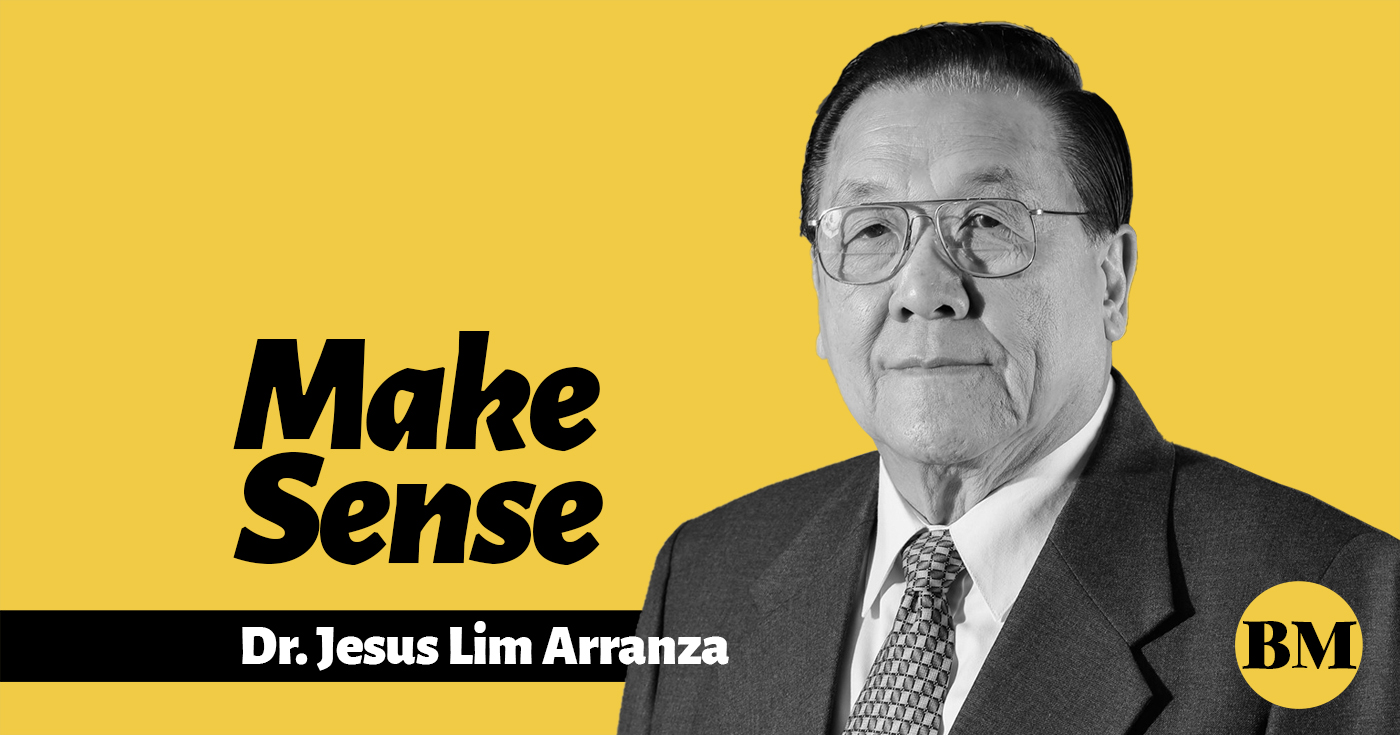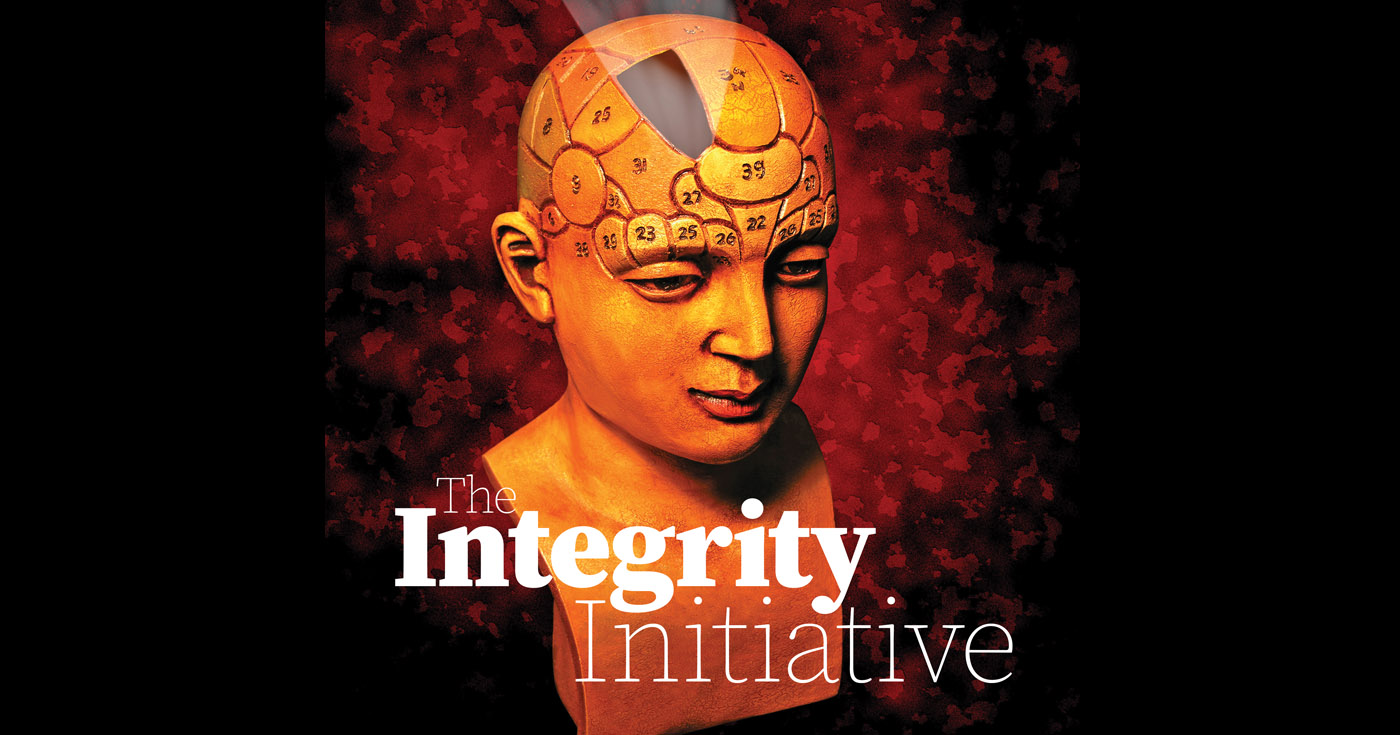
A study was published by the University of Cambridge—Institute for Sustainability Leadership (CISL) in June 2019 on the impact of mutual microinsurance on Sustainable Development Goals (SDG) in the backdrop of Super Typhoon Haiyan (Yolanda) which occurred in November 2013. CARD MBA, as the mutual microinsurer, was the central subject of the study by Dr. Ana Gonzales-Pelaez.
The conclusion was that “mutual microinsurance has the potential to contribute to 10 SDGs by building financially literate, insurable, resilient and empowered communities.” Specifically, it contributes “to the SDGs by increasing the protection and resilience of low-income communities.” Mutual microinsurers necessarily operates at the community level or in the “informal sector”. It should come as no surprise that the Philippines is the site of the study since the country has one of the largest microinsurance sector in the world. As a backdrop of the study, it has been observed that only 5 percent of disaster losses are covered by insurance in poor countries, while it is 50 percent for the rich countries. The study focused on 280 households in Eastern Visayas.
Mutual microinsurance refers to those Mutual Benefit Associations (MBAs) that are engaged in microinsurance. Not all MBAs are. The International Cooperative and Mutual Insurance Federation (ICMIF) defines mutuals as “organizations whose legal status may not be classified as such in their national law, but whose structure and values reflect the mutual/cooperative firm, i.e. companies which are owned by, governed by and operated in the interests of their member policyholders. These include limited companies owned by people-based organizations, fraternal benefit societies (fraternals), friendly societies, Takaful providers, reciprocals, non-profits, exchanges, discretionary mutual, protection and indemnity clubs, community organizations and foundations.” In the Philippines, these MBAs have been the driving force behind the growth of microinsurance. And CARD MBA is the pioneer in the country being the first to be licensed as an MBA in 2001. CARD started as a microfinance entity that soon realized the risk of a member’s death to the organization’s solvency where loan obligations are not paid. So it created an informal insurance-like activity called “Members’ Mutual Fund” in 1994. It was formalized in 1997.
It is noteworthy that mutual insurers represent almost 30 percent of the global insurance industry by premium volume (ICMIF, Global Mutual Market Share, 2019).And yet, in 45 percent of the world’s countries, local laws do not allow mutual or cooperative insurance.
An important part of CARD MBAs operations is the availability non-life insurance products. In 2007, after Typhoon Durian, CARD MRI Insurance Agency was created to provide non-life products to its members. In 2013, CAMIA (as the insurance agent) partnered with Pioneer Insurance Company to create CARD Pioneer. CARD MBA owns a 46 percent stake in CARD Pioneer Microinsurance, Inc. (CPMI).
In November 2013, Super Typhoon Yolanda made landfall in Tacloban City causing 7,000 fatalities and injuring 30,000. The total exposure of CARD Mutually Reinforcing Institutions (CARD MRI), the mother entity of CARD MBA, to Super Typhoon Yolanda is $3,227,035. Of this amount, $257,510 represented claims upon CARD MBA (Life insurance of $220,798; credit life of $28,522; and refund of mandatory savings of $8,190). Some $1,592,328 were for CAMIA claims (or non-life claims). And $1,377,197 as CARD MRI Relief Assistance. These amounts represented 603 life insurance claims (policyholders or dependents) and 125 credit life insurance repayments following the death of the policyholder. It should also be mentioned that CARD MRI distributed almost 180,000 emergency family packs of food and medicines.
The average life insurance payment for principal members was P50,000 and for their legal dependents P10,000. Credit life varied depending on the loan amount of the member. Fifty-two percent were paid in cash within one day; 6 percent paid within two to five days and about 42 percent paid after five days as beneficiaries had temporarily relocated to other provinces. The presence of mutual microinsurer CARD MBA greatly afforded resilience and allowed the insureds the opportunity to get back on their feet in a shorter period of time.



























